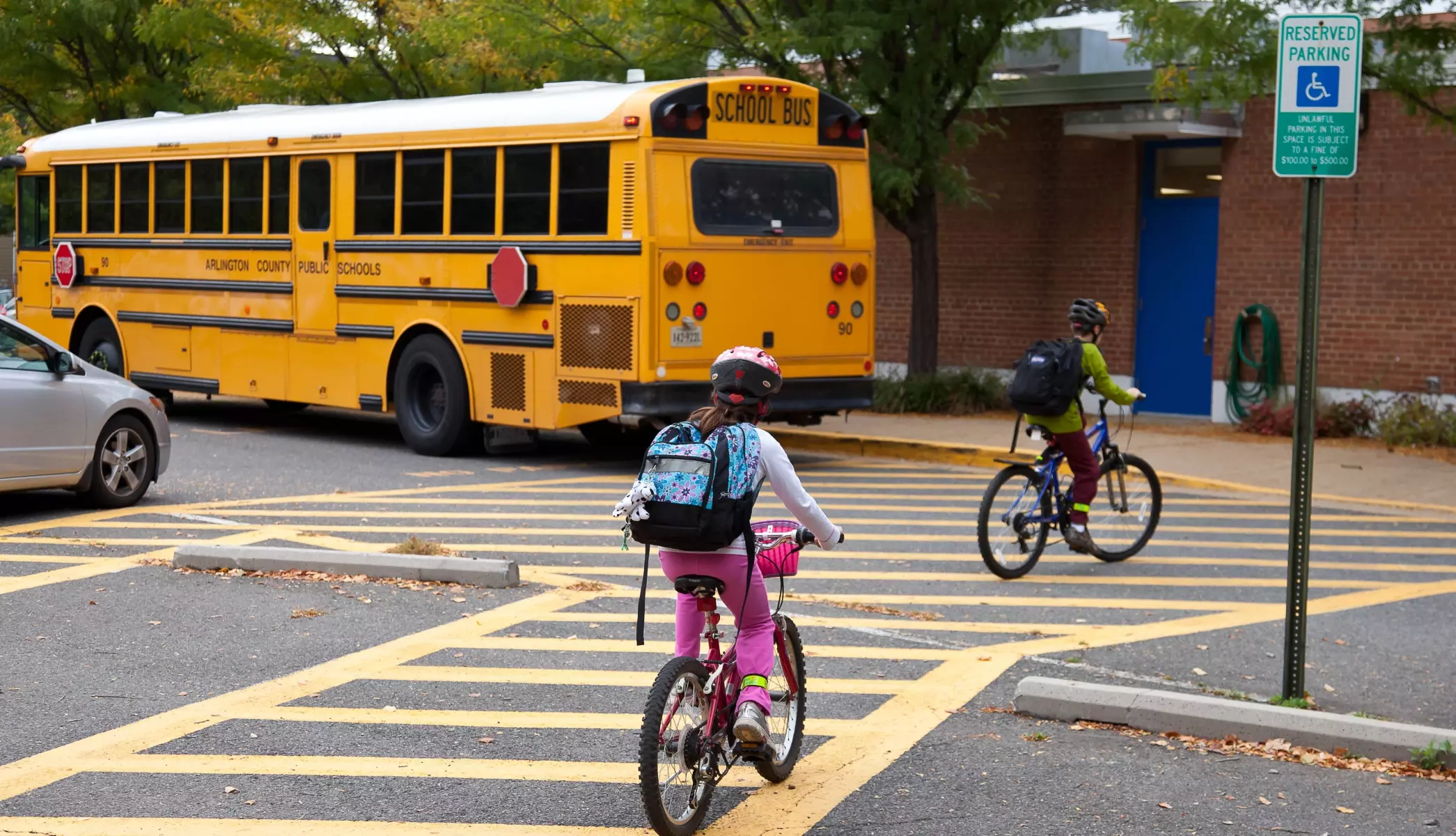
What Parents Need to Know
Each year, many children are injured or killed when they dart into the path of a car.
- Most young children are injured near or on their own street.
- Most crashes involving young children occur between 3 p.m. and 6 p.m.
- Most crashes involving young children happen in fair and warm weather.
- Twice as many boys are injured as girls.
How can these tragedies be prevented?
- Supervise young children at all times.
Young children should not be allowed to cross the street alone. Teach them who can help them cross the street safely. - Teach by explaining.
Explain to your child the safe way to cross the street. - Teach by example.
When you cross a street with your child, always:
Stop at the curb.
Look left-right-left for traffic in all directions.
Cross when it is clear.
Keep looking for vehicles as you cross. - Encourage your child.
As you both safely cross the street together, praise your child for copying your safe actions and words.
What Motorists Need to Know
Parents and motorists have a responsibility to help ensure the safety of child pedestrians.
- Because of their size, it is difficult for children to see motorists or for motorists to see them.
- Because their peripheral vision is about one-third narrower than an adult’s, children can’t see a motorist approaching from the right or left as soon as an adult can.
- Children also have difficulty judging a car’s speed and distance, and they often think that if they can see the driver, the driver can see them.
- Drivers should observe speed limits at all times, but especially around children. When driving in school zones, near playgrounds, or in neighborhoods where children might be playing, motorists should always expect a child to dart out into the roadway.
- When turning left at a green light or making a right turn on red, drivers need to look for pedestrians as well as cars. Pedestrians always have the right of way in these situations.
- Avoid using a cell phone in and around school zones. Children’s actions can be unpredictable. If you are texting, talking or making a call, it can affect your ability to react quickly.
South Carolina Department of Public Safety

